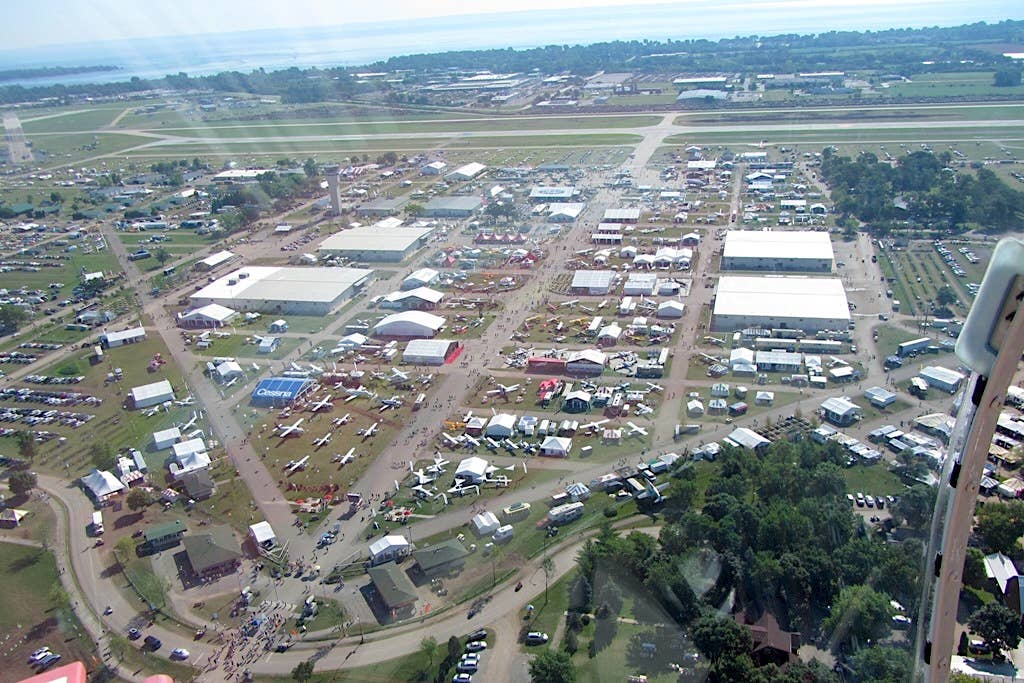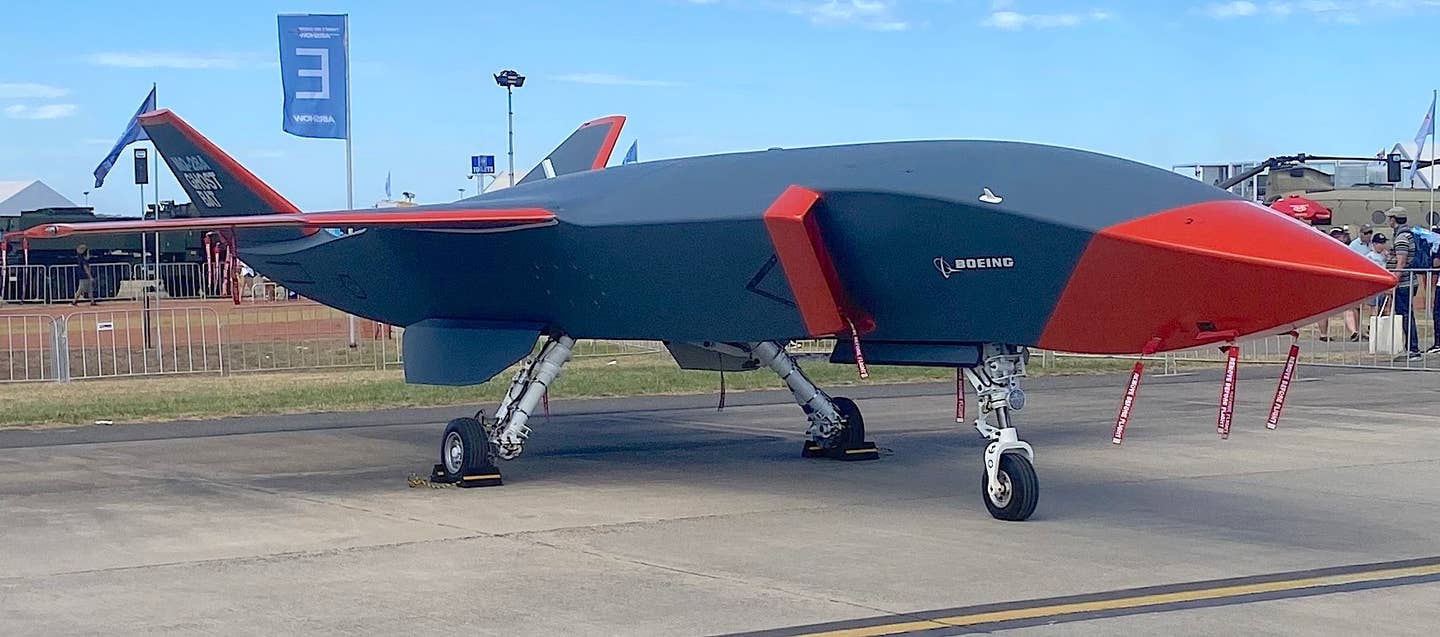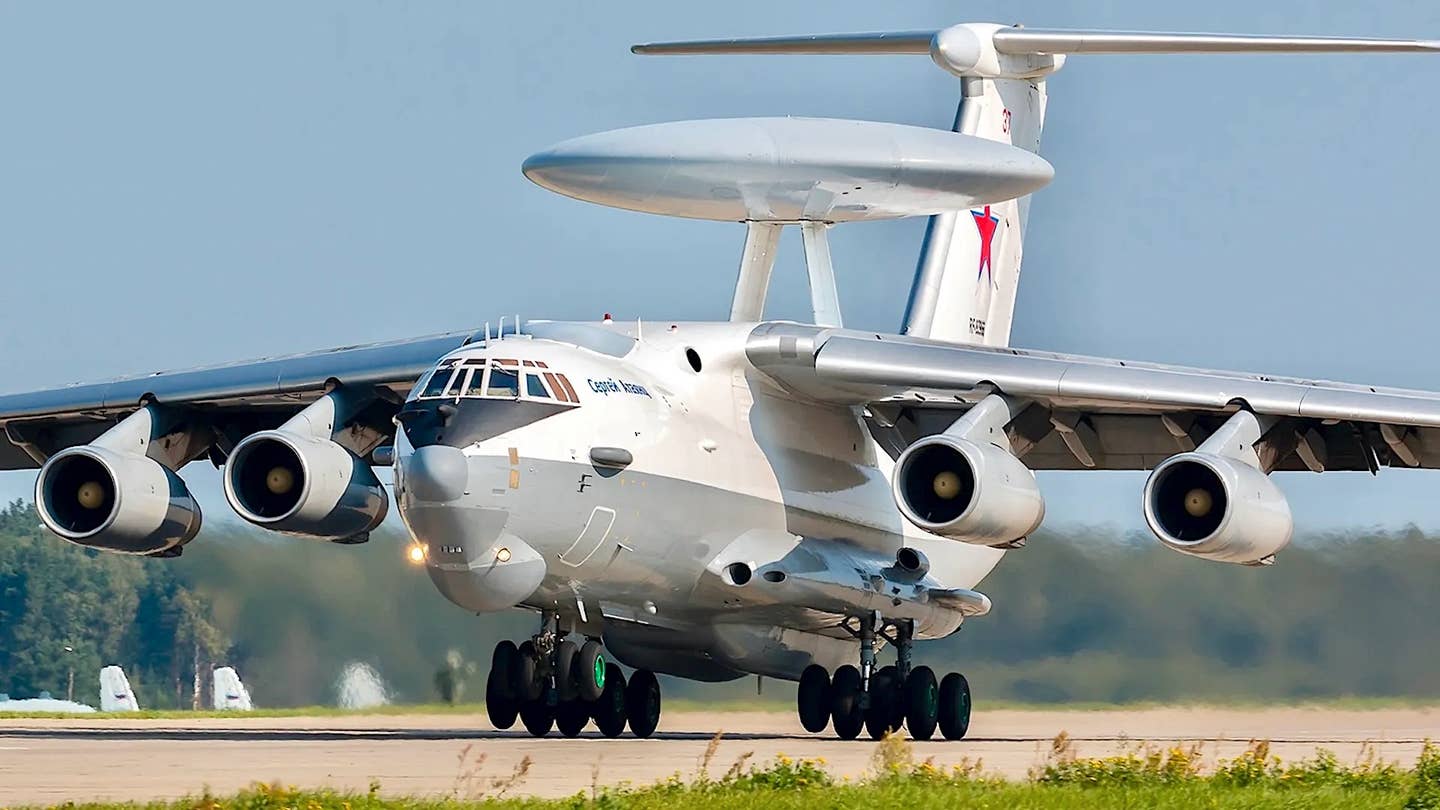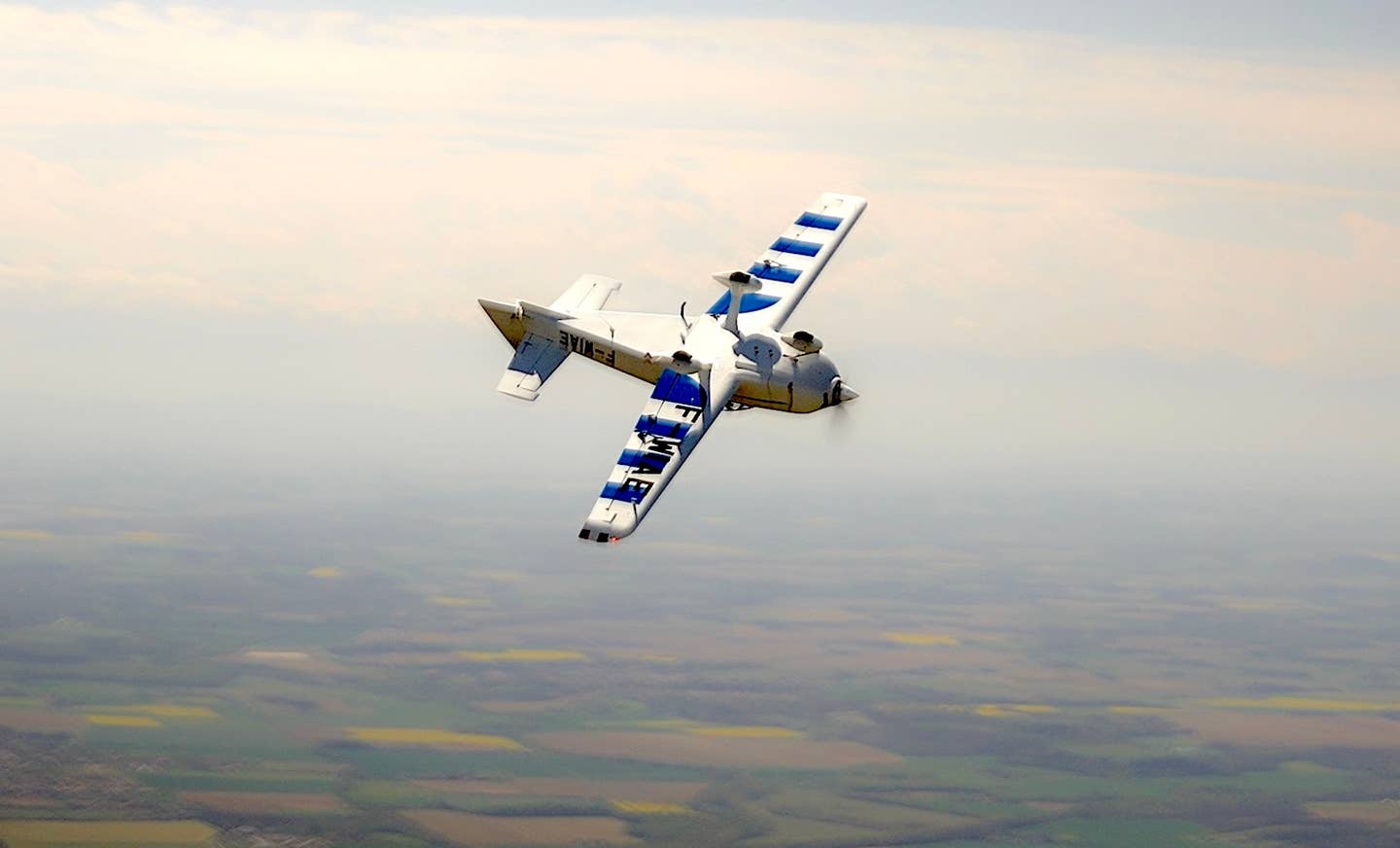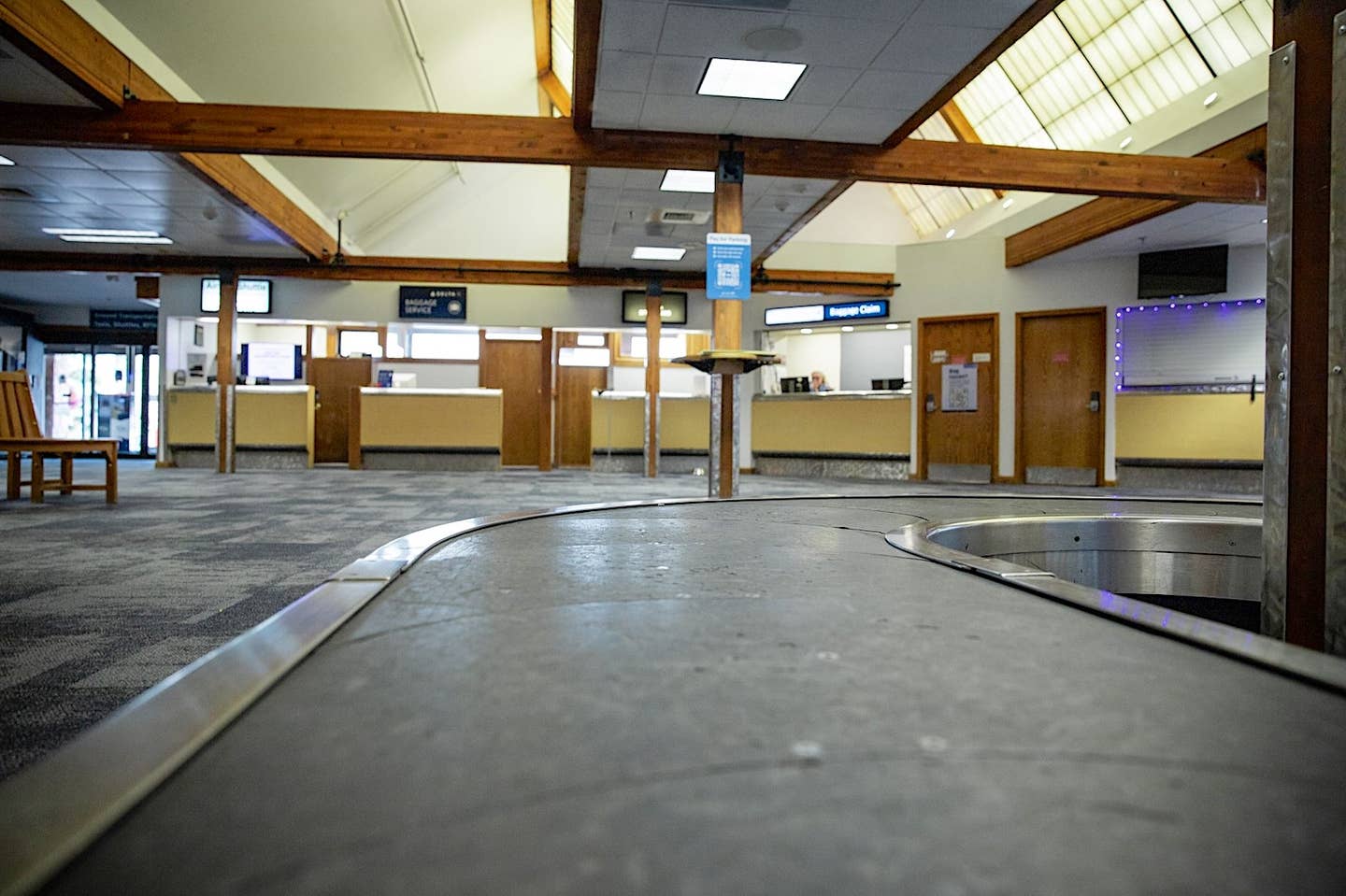‘Fragile’ F-16s Offer Better Weapons And Radar For Ukraine
F-16s will make Russian pilots think twice about entering Ukrainian airspace say experts interviewed by Reuters for a detailed assessment on their impact on the war. F-16s from several European…
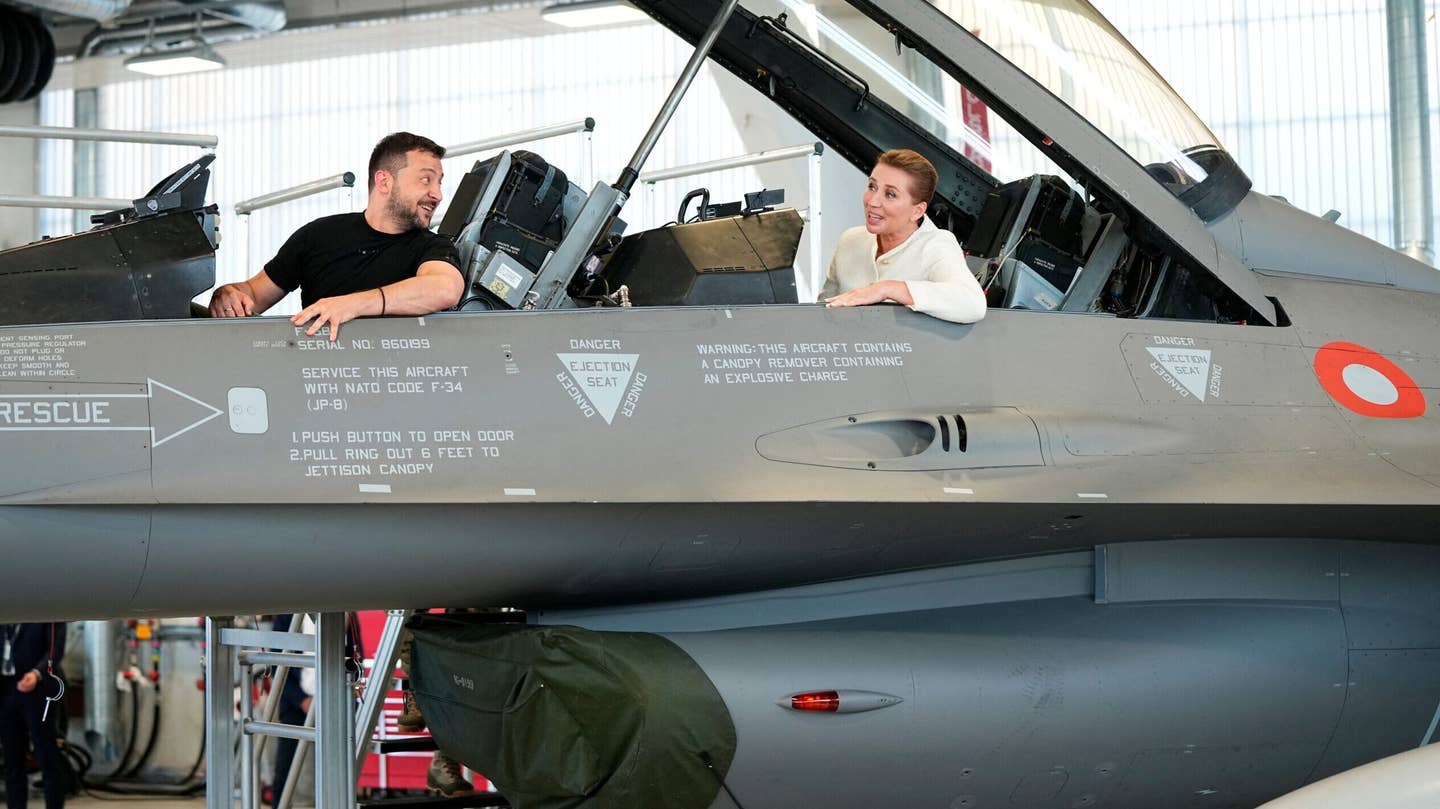
F-16s will make Russian pilots think twice about entering Ukrainian airspace say experts interviewed by Reuters for a detailed assessment on their impact on the war. F-16s from several European countries are now in training centers in Romania, Denmark and the U.S. and the first Ukrainian pilots, those who speak fluent English, will soon be training. Much has been made about the secondhand fighters, which became surplus as their previous owners reequipped with F-35s. They will help, but military officials are apparently trying to manage expectations.
Although it's faster and more agile than the 40-year-old MiG 29s and Su-27s now flown by the Ukrainians, the F-16's main benefit is in its nose. Its radar systems are head and shoulders better than the old Russian hardware, giving pilots a much longer and clearer picture of the threat environment. Russians, who fly newer Su-35s and MiG-31s, are aware that they will be more visible to the Ukrainian F-16s and that should keep them closer to home. Ukraine has been using surface-to-air missiles to keep the fighters at bay, and the arrival of the F-16s will free them up to go after cruise missiles and drones.
To go along with the sophisticated radar, the F-16 uses fire and forget air-to-air missiles where Ukraine's current gear requires guidance from the aircraft to get the missiles to their target. That makes the aircraft vulnerable and greatly increases the number of wasted shots. The F-16 has also evolved into a multi-role fighter air defense platform that can be used for air superiority and ground attack. Lockheed Martin declined to detail how the Ukraine-bound Vipers will be configured.
There are some shortcomings that might limit the deployment of the F-16s. The planes are relatively fragile and not suited to the busted pavement at the unimproved fields that Ukraine relies heavily upon. With that big belly intake, they are also vulnerable to FOD. Russian aircraft have secondary air inlets above the wings so the main intakes can be closed for ground operations. “The F-16 is kind of a precious aircraft, it’s fragile,” Kelly Grieco, a senior fellow at the Stimson Center told Reuters. “It’s an aircraft that needs a long runway, and the runway is really smooth. But they’re in an environment where (Ukrainian pilots) have been doing distributed operations. … This is not an aircraft that can do that.”
Perhaps the most important thing the F-16 offers Ukraine is hope for the future. Although it can still get spare parts from other former Soviet Union countries, support will dry up for the old Russian planes and Western hardware is the only option for Ukraine in both the short and long term. It's expected that as the Ukrainian pilots get used to the streamlined controls, ergonomic layouts and logical system operations of the F-16, they will quickly embrace the new ways of doing things.

